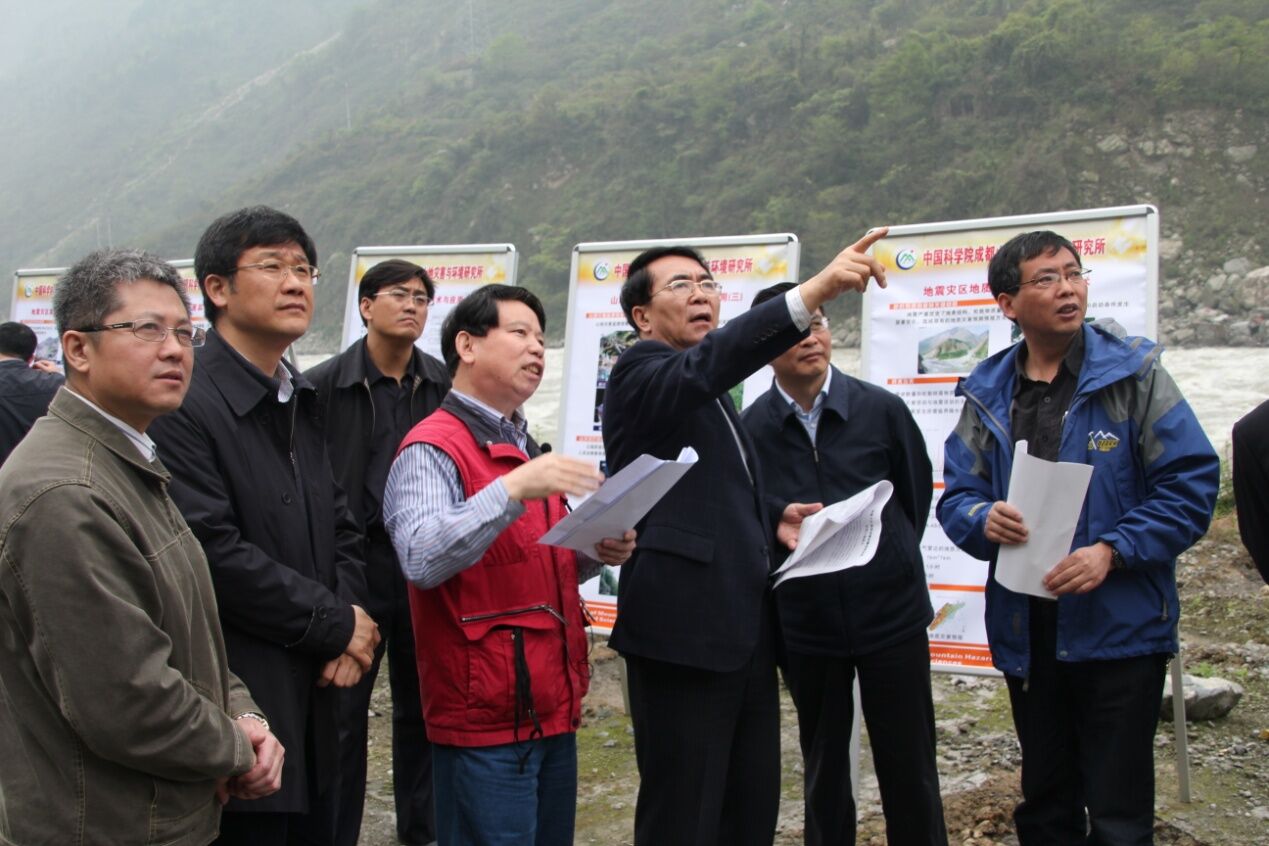Phosphorus (P) is a crucial element for lives on Earth, and the bioavailability of P in terrestrial ecosystems, which is dependent on the soil P stock and its speciation, may limit ecosystem productivity and succession.
Researchers studied the direct speciation of soil P in two glacier foreland chronosequences by using synchrotron-based X-ray Absorption Near-Edge Structure (XANES) spectroscopy for the first time.
The study reveals a rapid change of topsoil P speciation in glacier retreat areas already during initial stages of pedogenesis. Organic P strongly dominates in the topsoil of the mature soils outside the proglacial area of Damma Glacier (age 700–3000 years), and already 50 years after deglacation in the topsoil of the retreat area of Hailuogou Glacier. A key factor for the change in topsoil P speciation is the establishment of vegetation, resulting in soil organic matter (SOM) accumulation as well as accelerated soil acidification and apatite dissolution by organic acids, which are produced by SOM-degrading micro-organisms, mykorrhiza fungi, and plant roots. Particularly the succession of grassland to forest seems to accelerate the transformation of topsoil P from apatite-P into organic P. The conceptual model developed by Walker and Syers to explain long-term (millennial) changes of P speciation, availability, and turnover in soils and terrestrial ecosystems seems to be valid to describe short-term changes of P speciation and P availability in proglacial topsoils already within a century of initial soil formation. Because the apatite-depleted topsoil horizons in the young proglacial soils are shallow, the change of topsoil P speciation should not seriously affect P availability and the P acquisition strategy of adult trees, whose roots can easily access apatite-containing C horizons. In contrast, P acquisition strategies of fungi, micro-organisms and plants confined to the topsoil probably change from apatite dissolution to mineralization of organic P already within <3000 years in a proglacial ecosystem succession from bare soil to grassland (Damma Glacier Chronosequence) or even within <100 years in a proglacial ecosystem succession to forest (Hailuogou Glacier Chronosequence).
The work was supported by grants from the Chinese Academy of Sciences (Grant numbers KZCX2-YW-BR-21 and KZZD-EW-TZ-06).
The paper entitled “Phosphorus K-edge XANES spectroscopy reveals rapid changes of P speciation in the topsoil of two glacier foreland chronosequences” was published in Geochimica et Cosmochimica (2013, 108: 154-171).
